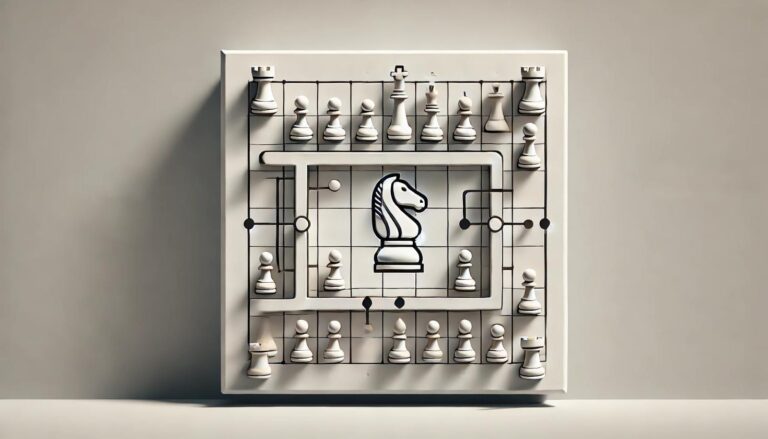Introduction
Chess is a mind-boggling game that requires intense concentration, foresight, and strategic thinking. Many players focus solely on developing their pieces and playing defensively, but there is another approach that can be used to gain an advantage on the chessboard – tactical sacrifices. These sacrifices involve giving up material in exchange for a tactical advantage or a strong position that can ultimately lead to a winning position. In this article, we will explore the concept of tactical sacrifices and how to use them effectively to win chess games.
Understanding Tactical Sacrifices
A tactical sacrifice is a move where a player deliberately gives up a piece or pawn in order to gain a better position or to force a specific outcome. It is a calculated risk that can pay off in the long run. Sacrificing material can create chaos on the board, forcing the opponent to make difficult decisions and giving the sacrificing player the upper hand. However, it is crucial to assess the position and potential outcomes before making a tactical sacrifice. Blindly sacrificing material without a proper plan can result in a loss. Hence, it is essential to understand the following key factors before making a tactical sacrifice:
The Types of Tactical Sacrifices
Tactical sacrifices can vary based on the objective and the type of sacrifice. Here are three common types of tactical sacrifices that you can use to your advantage.
In an initiative sacrifice, a player gives up material to gain the initiative, or control of the game. The sacrificed material can be of any value, from a pawn to a queen. The main objective of an initiative sacrifice is to gain a strong attacking position and put pressure on the opponent. By sacrificing material, a player can create open lines and diagonals, develop their pieces, and restrict the opponent´s options. Initiative sacrifices require a high level of calculation and risk, but if executed correctly, they can lead to a decisive advantage.
A defensive sacrifice involves giving up material to defend a crucial square or piece. This type of sacrifice is often used to prevent an opponent´s attack or to break free from a cramped position. A defensive sacrifice can be a temporary setback but can ultimately lead to a stronger position. For example, sacrificing a pawn to block an opponent´s knight from attacking a crucial square can save your king from being checkmated.
A positional sacrifice is a long-term sacrifice that focuses on gaining a positional advantage over material. In this type of sacrifice, a player gives up material to improve the position of their remaining pieces and restrict the opponent´s options. For instance, sacrificing a bishop to open up a file for your rook or sacrificing a knight to gain control of a central square can give you a lasting advantage in the game.
Mastering Tactical Sacrifices
Now that you understand the different types of tactical sacrifices, let´s discuss how you can develop this skill and use it effectively in your games.
Studying the games of chess masters is an excellent way to learn about tactical sacrifices. Pay close attention to the position and the reason behind the sacrifices they make. Note the consequences and potential outcomes of the sacrifices, and try to apply similar tactics in your own games.
Making a tactical sacrifice requires advanced calculation skills. Be sure to work on improving your ability to visualize and calculate possible variations and outcomes. Practice solving tactical puzzles and playing against stronger players to improve your calculation skills.
As mentioned earlier, it is crucial to assess the position before making a tactical sacrifice. Even if a sacrifice seems tempting, take a step back and consider all the factors such as material, position, and potential outcomes before making a move. Remember, a poorly timed or unnecessary sacrifice can result in a loss.
Tactical sacrifices are most effective when used as a surprise element in a game. If your opponent is not expecting it, the sacrifice can catch them off guard and give you the advantage. However, be sure not to overdo it as your opponent may start anticipating sacrifices in the future.
Practice, practice, practice
The key to mastering any skill is practice. Keep practicing and challenging yourself to make tactical sacrifices in your games. The more you execute these sacrifices, the better you will become at evaluating positions and assessing potential outcomes.Conclusion
Tactical sacrifices are a powerful tool in a chess player´s arsenal. It requires a combination of calculation, positional understanding, and risk-taking abilities. By studying master games, improving your calculation skills, and practicing regularly, you can develop this skill and use it effectively to win chess games. Remember, tactical sacrifices should be used strategically and not as a desperation move. With proper evaluation and execution, they can lead to a winning position and ultimately a victory on the chessboard.


